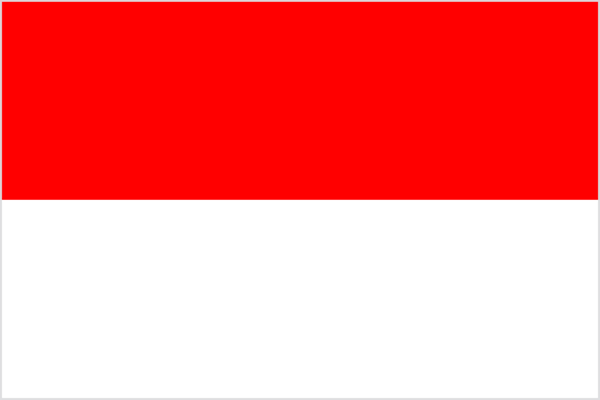The Scientific Literacy Competence of Students in Indonesia and Mexico Based on PISA 2022: An International Comparative Study
Main Article Content
Abstract
This study utilizes data from the 2022 Program for International Student Assessment (PISA) to analyze the determinants affecting the science literacy performance of Indonesian and Mexican students from Indonesia and Mexico. A descriptive qualitative methodology employing a comparative study method was utilized to assess secondary data from the OECD 2022 report, pertinent scientific publications, and closely linked educational documents through content analysis and document study approaches. The findings indicated that Indonesian students' science literacy achievement was below the OECD average, with Indonesian students scoring 383 compared to 399 for Mexican students; 34% of Indonesian students demonstrated mastery of basic concept understanding (level 2), while 49% of Mexican students did so. Notable disparities exist in educational infrastructure (70% of schools in Mexico possess laboratories compared to 35% in Indonesia), budgetary allocation for education (4.3% of Mexico's GDP versus 3.6% of Indonesia's GDP), and the incorporation of the STEM education system in Mexico relative to the implementation of the Merdeka Curriculum in Indonesia, which is limited by inadequate facilities. The determinants influencing the attainment of scientific literacy include the percentage of pupils from low-income households (43% of Indonesian students compared to 27% of Mexican students) and the level of students' interest in science (18% of Indonesian students against 35% of Mexican students). Enhancement of scientific literacy can be achieved by augmented training for educators in science and the expansion of technological resources for scientific activities in schools.
Article Details

This work is licensed under a Creative Commons Attribution 4.0 International License.
